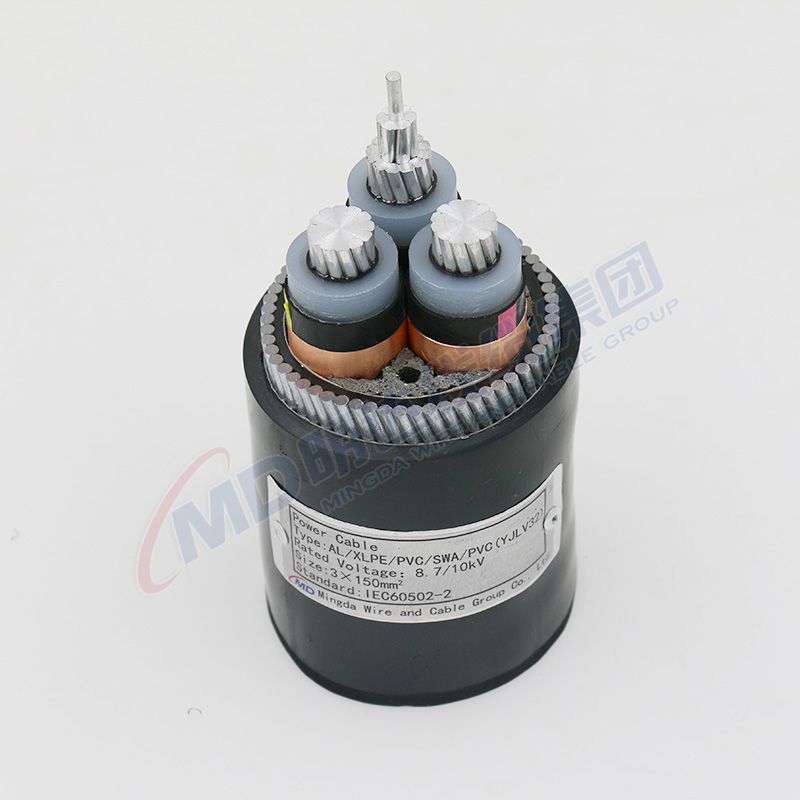11 月 . 01, 2024 08:08 Back to list
Flanged Rubber Expansion Joints for Flexible Piping Systems and Applications
Understanding Rubber Expansion Joint Flange Types
Rubber expansion joints are essential components in various piping systems, designed to absorb vibrations, accommodate movement, and reduce noise caused by fluid dynamics. Among the numerous designs available, the flange type rubber expansion joint is particularly popular in many industrial applications due to its versatility and efficiency.
What is a Rubber Expansion Joint?
A rubber expansion joint is a flexible connector made of rubber or elastomeric materials, allowing for thermal expansion, contraction, and misalignment of pipes. As fluids flow through pipelines, changes in temperature can cause the pipes to expand or contract. Rubber expansion joints function as buffers, compensating for these movements while maintaining integrity and preventing system failures.
Features of Flange Type Rubber Expansion Joints
Flange type rubber expansion joints come equipped with flanged ends, which facilitate easy installation between two sections of piping. The standard construction usually features two flanges that are bolted onto the pipe system. This design allows for quick maintenance and replacement, reducing downtime in industrial processes.
One of the primary features of these joints is their ability to withstand high pressures and temperatures. Made from robust materials, such as EPDM (ethylene propylene diene monomer) or NBR (nitrile butadiene rubber), they can handle various chemical environments, making them suitable for many industries, including water treatment, petrochemical, and food processing.
Benefits of Using Flange Type Expansion Joints
rubber expansion joint flange type

1. Vibration Control These joints effectively absorb vibrations that occur due to fluid flow, minimizing noise and preventing damage to piping systems. 2. Flexibility Flange type rubber expansion joints accommodate axial, lateral, and angular movements of pipes, making them suitable for installations in tight spaces or where precise alignment is challenging.
3. Ease of Installation The flanged design ensures that technicians can install or replace expansion joints quickly, leading to reduced operational disruptions.
4. Corrosion Resistance Given the choice of materials, these joints can resist corrosion, enhancing their longevity and reliability in various chemical exposures.
5. Cost-Effectiveness Compared to metal or rigid connectors, flange type rubber expansion joints are often more cost-effective both in terms of initial investment and long-term maintenance.
Applications
Flange type rubber expansion joints are widely used across multiple sectors. In HVAC systems, they manage thermal expansion, while in water pipelines, they absorb shocks and prevent bursting. Their usage extends to exhaust systems in automotive applications, where they mitigate vibrations and heat expansion.
Conclusion
In summary, flange type rubber expansion joints serve as vital components in modern piping systems, providing flexibility, reducing noise, and enhancing overall system durability. By accommodating thermal movements and vibrations, these joints offer a reliable solution for industries faced with the complexities of fluid dynamics. As technology progresses, further innovations in materials and designs will likely expand the capabilities and applications of rubber expansion joints, solidifying their role in industrial processes for years to come.
Share
-
Understanding the Differences Between Wafer Type Butterfly Valve and Lugged Butterfly ValveNewsOct.25,2024
-
The Efficiency of Wafer Type Butterfly Valve and Lugged Butterfly ValveNewsOct.25,2024
-
The Ultimate Guide to Industrial Swing Check Valve: Performance, Installation, and MaintenanceNewsOct.25,2024
-
Superior Performance with Industrial Swing Check Valve: The Essential Valve for Any SystemNewsOct.25,2024
-
Industrial Swing Check Valve: The Ideal Solution for Flow ControlNewsOct.25,2024
-
You Need to Know About Industrial Swing Check Valve: Functionality, Scope, and PerformanceNewsOct.25,2024